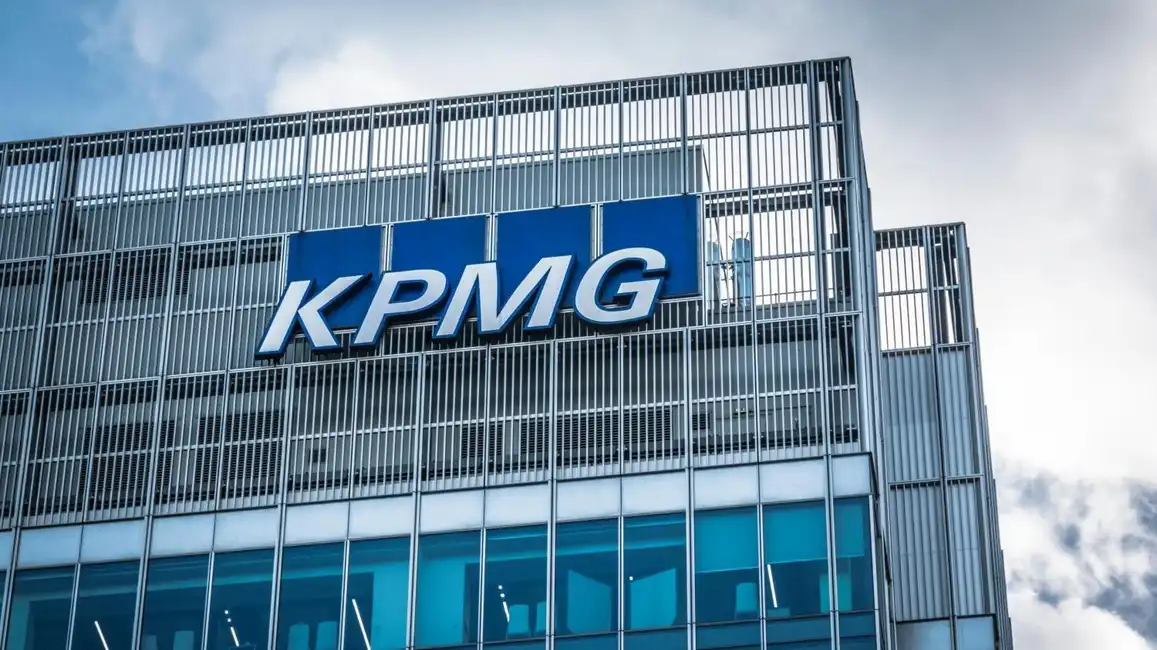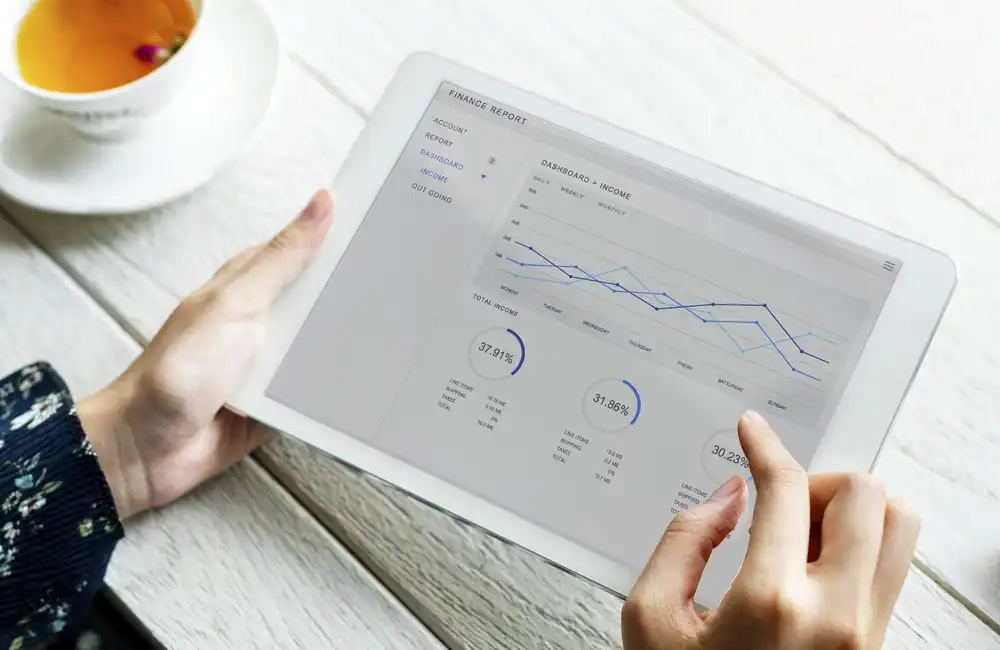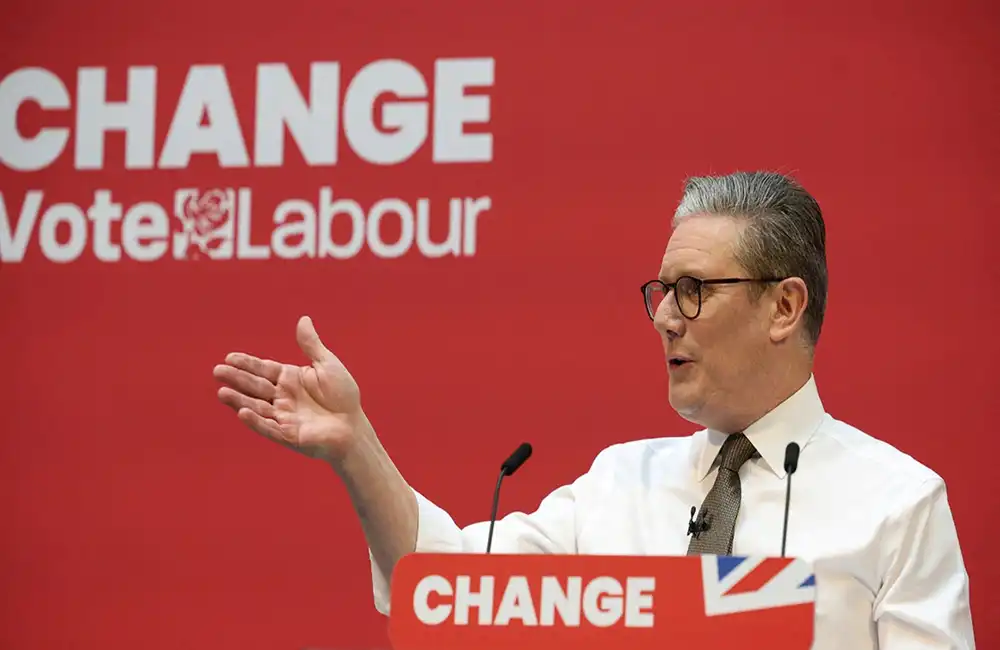March 2025 saw the UK's private sector rise notably as the S&P Global Composite Purchasing Managers’ Index (PMI) reached 52.0 after February's 50.5.
This PMI reading reached its highest point since September 2024 which indicates that economic momentum is being restored. The services sector has led recent growth yet manufacturing sector hurdles and reduced employment trends offer a complex overall picture. Our analysis covers the newest PMI data while exploring its effects on investors as well as economic policymakers and the overall economy.
Overview of March 2025 PMI Data
The S&P Global UK Composite PMI reading stood at 52.0, which surpassed the critical 50.0 mark, thus signalling business activity expansion. The six-month record high illustrates private sector output recovery while service sector momentum played a major role. The growth disparity between services and manufacturing sectors shows uneven expansion rates.
The PMI's rising trend is a welcome development against the backdrop of weaker readings observed earlier this year. The February composite PMI registered at 50.5 which just entered expansion territory while the March results demonstrated both economic recovery and potential strength in important sectors.
Services Sector Performance
The services sector emerged as a primary driver of the economic improvement. The services PMI climbed to 53.2 in March after February's reading of 51.0 representing its highest growth in seven months. Service firms saw activity grow in sectors such as travel and hospitality along with business services due to a resurgence in demand.
The services industry has regained momentum because consumers feel more positive and are ready to spend on non-essential goods. Sector businesses observed an increase in new order volumes chiefly from domestic clients because targeted promotional initiatives bolstered demand and concerns about rising interest rates subsided.
Investors find promise in the services sector because it makes up a substantial portion of the UK economy. The expansion may indicate a stronger GDP performance in the first quarter of 2025 which could lead to increased activity in consumer-facing equity sectors such as retail and leisure.
Manufacturing Sector Challenges
The manufacturing sector continues to face unfavourable developments which indicate persistent economic challenges. The manufacturing sector experienced a severe drop in PMI to 44.6 in March from 46.9 in February which proved to be the lowest recorded reading for the past 17 months and showed intensified economic contraction.
Manufacturers reported several operational challenges such as reduced export demand while supply chain issues persisted alongside an ongoing inventory correction cycle. UK manufacturing exports suffered under stagnant global conditions and soft domestic demand for goods intensified these challenges.
The manufacturing sector's shrinking size leads to a lower share in total economic production. The poor manufacturing sentiment indicates upcoming difficulties for production-based industries and export-oriented businesses. When assessing investment opportunities investors must be cautious about industries that rely significantly on manufacturing recovery.
Employment Trends
The labour market data reveals worrisome trends as private sector employment experienced another month of decline reaching six months of continuous decrease in March. Business restructuring initiatives and increasing payroll expenses emerged as the primary factors that companies from both service and manufacturing sectors identified as driving their operational trends.
Businesses face immediate workforce reductions to manage inflationary costs while restructuring initiatives aim to establish long-term firm sustainability.
Policymakers face challenges because prolonged weak employment conditions may suppress consumer spending while weakening private consumption power. Investors in consumer discretionary and retail sectors need to pay close attention to future labour trend developments.
Inflation and Cost Pressures
Recent developments in inflation give businesses and consumers a welcome reprieve. The rate of input cost inflation decreased in March continuing its retreat from the nine-month peak reached in January. The recent decline in input cost inflation shows that commodity prices have stabilised and supply chain pressures are diminishing after several years of intensity.
The measure of output charge inflation which shows how companies transfer prices to customers did not change since February. The steady state of output charge inflation shows firms are hesitant to transfer additional costs to consumers yet reveals a stabilising trend in their pricing authority.
This reduction in inflationary pressures allows the Bank of England to consider less forceful monetary tightening measures. This development presents investors with a potential reprieve from inflationary pressure which could strengthen corporate profit margins in select industries.
Business Confidence
Business confidence levels continue to stay low despite the positive PMI developments. Expectations for business activity in the upcoming year stagnated close to their lowest point in 25 months because of widespread doubts about economic stability and demand.
Manufacturers experienced a significant drop in confidence which reached its lowest point since November 2022. Multiple industries expressed continuing worries about high operational expenses together with geopolitical threats and unpredictable demand patterns leading to diminished business optimism.
The UK economy needs restored confidence to maintain the positive trend shown in the March PMI results. Policymakers must take actions to reform labour markets and reduce operational burdens to create better circumstances for business operations.
Implications for the UK Economy and Investors
The March 2025 PMI data presents a mixed outlook for the UK economy with elements of both positive and negative indication. The strong performance of the services sector demonstrates the economy's main component resilience while the composite PMI indicates momentum recovery.
The manufacturing sector's ongoing problems and weak employment trends along with cautious business sentiment demonstrate structural challenges that threaten long-term sustainable growth. Policy makers must implement strategies that strengthen confidence levels while encouraging employment and assisting essential sectors such as manufacturing and exports.
The mixed data indicates that investors should maintain a balanced strategy. The services sector strength creates potential for consumer-facing stocks alongside financial support from inflation easing which benefits industries that depend on interest rates. Sectors that depend heavily on manufacturing operations and those that require extensive labour need careful evaluation because they face persistent difficulties.
Looking Ahead
The UK private sector displayed promising signs of resilience in March but faces an uncertain future. Economic sectors display inconsistent results while businesses face substantial cost burdens and shaky confidence levels.
The March PMI figure standing at 52.0 represents positive progress. It is advisable for both policymakers and investors to tackle persistent challenges while leveraging strong performance areas. Through collaborative action the UK economy can maintain its current economic recovery path toward sustained growth which remains the shared goal of businesses and individuals.




















